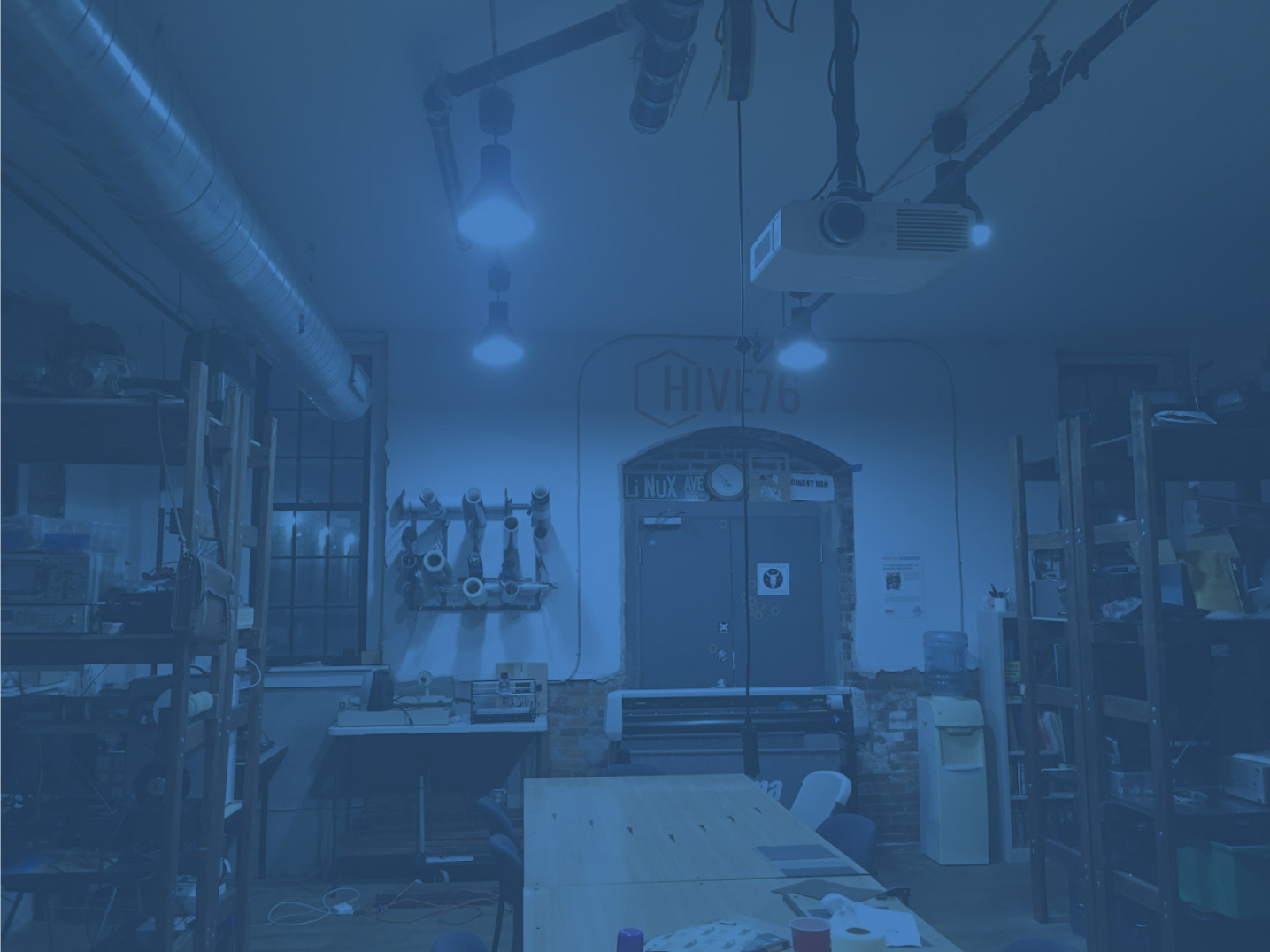
(A longer version of this post is at my blog)
Think about your microwave or mobile phone. How easy would they be for an average consumer (or perhaps even you), to repair? Very difficult – in fact, stickers on many appliances note that there are “no user-serviceable parts inside”. If you have an iPhone, you’ll notice that it uses special, rare screws that it’s difficult to find a screwdriver for. Even the battery is encased within the phone and impossible to replace without serious intervention.
There are some legitimate reasons for this. Microwaves, for example, probably discourage users from fiddling around with them for product liability reasons – if a user tries to repair their microwave and injures themselves, a small appliance manufacturer wants to be able to say that they told you not to mess with it. But there are also lots of reasons why you should be able to take apart, and perhaps then modify, the things you buy.
- The first question for me is one of ownership. By making a product impossible for an average consumer to open, you’re effectively placing some of the same restrictions on purchasers of that product – though of course they can resell it and do other things you may not like, they are at least somewhat restricted in the way they can use it. Do they really “own” the product, then?
- Secondly, making it hard for people to take apart the products they own creates tremendous waste (some of that, of course, is intentional). The story of maker Mister Jalopy is that a 20-cent part in his car broke, and it cost him $500 to replace it. Why? Because that part is attached to a subassembly, which is only sold with another assembly.
- Finally, I think maker-unfriendliness impairs innovation and education. Some of the components in cheap stuff you own – your $100 laser printer, for example – are very high-quality and eminently re-usable in various technology products.
I thought it would be interesting to think about how you can designate maker-friendliness in a product in a way that’s easily discernible to consumers, so I came up with this seal (which I obviously am releasing to the public domain – it is based on some of the work at openclipart.org). Here is the .svg. I put my name on it, but obviously you can remove that, make whatever modifications you’d like (or not!), and promulgate it.
Is “maker-friendliness” something you’d pay extra for, either as an actual feature or as something you generally support but may or may not use? Is this something consumers at large might care about yet, or ever?


“I put my name on it, but obviously you can remove that, make whatever modifications you’d like (or not!), and promulgate it.”
Awesome! A Maker-friendly “Maker Friendly” logo.
I love pulling components out of discarded electronics, though I sometimes find myself thinking about the labor involved in order to pull a useful part (intact) out of a printer or what-not — and the “first order” economics calculation seldom comes out in my favor. My normal reaction to this is to shrug it off, keep un-screwing stuff and work on some elaborate rationale to justify my continued efforts …
Ha, yeah. Well, since it sounds like you’ll be doing it regardless, wouldn’t it be better if it were a little easier? Justin
It looks great. The aesthetic looks like its right out of Make Magazine. But I wonder if the X shape is the best thing to connote openness?